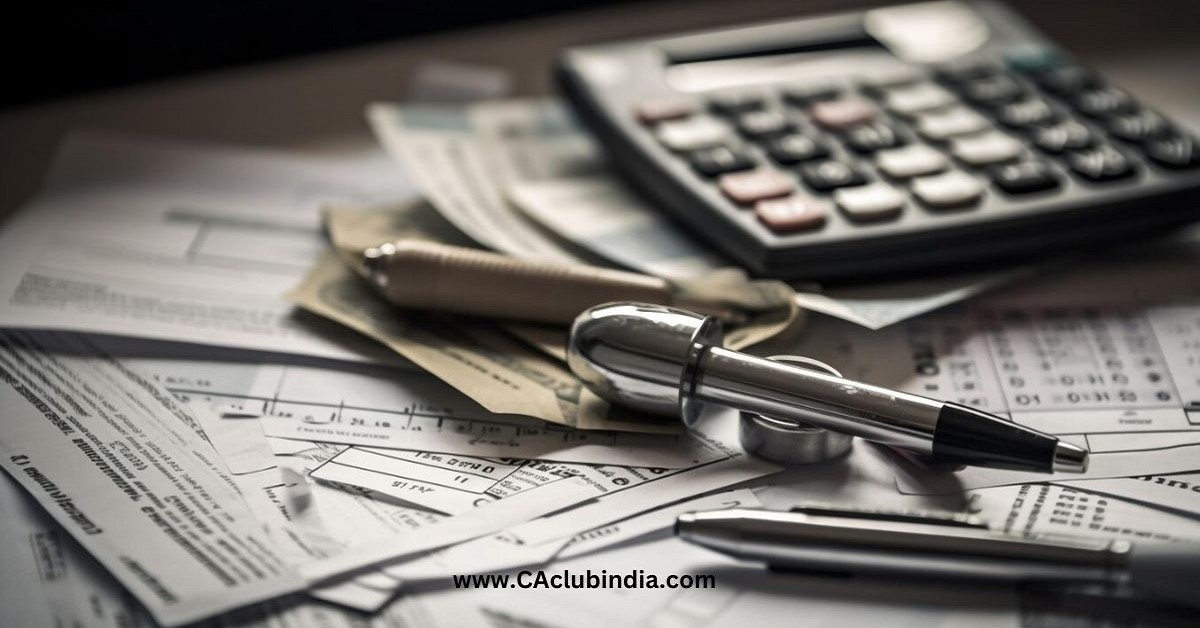In the marketplace of Accounting, where traders sold goods and offered services, there was a big question:
"When should we recognize revenue?"
Some merchants wanted to record revenue as soon as they received an order, while others waited until the customer paid in full. This caused confusion, and the financial statements became unreliable.
In the town, there was a baker named Meera. She was famous for her cakes and often received large orders for weddings and celebrations. Meera loved her work, but she was unsure about how to record revenue in her books. Sometimes she got payments in advance, and other times, customers paid after delivery.

A wise sage IND AS 115 visited her bakery and offered to guide her using his Five-Step Model.
Step 1: Identify the Contract
IND AS 115 asked, "Meera, do you have a clear agreement with your customer?"
Meera nodded. "Yes, whenever someone orders cakes, we agree on the number of cakes, the design, the price, and the delivery date."
"Good," said IND AS 115. "That's your contract! A contract exists when both parties have agreed on their rights and obligations, and it's probable you'll get paid."
Step 2: Identify the Performance Obligations
IND AS 115 continued, "Now, tell me, what promises do you make to your customers?"
Meera replied, "I promise to bake the cakes and deliver them fresh to the event."
"Perfect! These are your performance obligations- the tasks you must complete to fulfil the contract. You need to identify each obligation separately."
Middle:
Step 3: Determine the Transaction Price
Next, IND AS 115 asked, "How much do you charge for your cakes?"
Meera said, "The price depends on the no. of cakes. For example, I charge ₹10,000 for a basic wedding order."
IND AS 115 smiled. "Good. That's your transaction price. If there are discounts, or variable payments, you must account for them too."
Step 4: Allocate the Transaction Price
The sage then said, "If your contract includes multiple promises, how do you split the price?"
Meera thought for a moment. "Sometimes I offer to bake the cakes and provide decorations for the table. In that case, I assign part of the price to the cakes and part to the decorations."
"That's correct," said IND AS 115. "You must assign the transaction price to each performance obligation based on its value."
Step 5: Recognize Revenue
Finally, IND AS 115 asked, "When do you deliver the cakes?"
Meera replied, "I deliver them fresh on the event day."
"Then you must recognize revenue only when the cakes are delivered and the performance obligation is satisfied. If you bake and deliver the cakes on the same day, you recognize the revenue immediately. But if the delivery happens in parts, recognize revenue as each part is completed."
Special Cases in Meera's Bakery
Meera had some exceptional cases where IND AS 115 provided clarity:
- Advance Payments: If a customer paid ₹5,000 in advance, Meera couldn't recognize it as revenue until she delivered the cakes. Instead, it would be recorded as a liability (Unearned Revenue).
- Sales Returns: If a customer wasn't happy and returned some cakes, Meera would adjust her revenue accordingly.
- Ongoing Services: For long-term contracts, like supplying cakes daily to a café, Meera would recognize revenue over time, as she delivered each batch.
Thanks to IND AS 115, Meera and other merchants in the kingdom began to follow the Five-Step Model. Revenue was now recorded at the right time, based on performance obligations and customer agreements. Investors and stakeholders trusted the financial statements, knowing they truly reflected the businesses' activities.








 CAclubindia
CAclubindia
